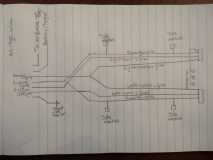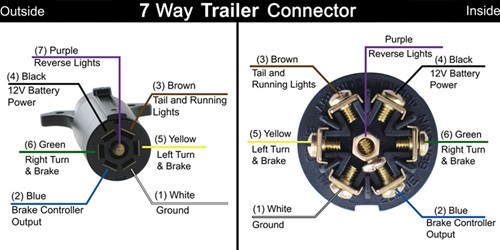Help Trailer wiring 7-pin
15 posts
• Page 1 of 1
Help Trailer wiring 7-pin
So I'm working on the trailer wiring and I have looked at a few schamtics and I can't really tell how the lights themselves are grounded I wanted some input from you guys on how you've done it ie. Independent grounds or a group ground for all the light I'll attach a diagram of how I plan on doing mine.

-

JmsCaverly - Teardrop Master
- Posts: 150
- Images: 175
- Joined: Mon Jul 20, 2015 4:32 pm
- Location: Travis AFB
Re: Help Trailer wiring 7-pin
,,...
Last edited by H.A. on Wed Feb 03, 2016 9:01 pm, edited 1 time in total.
- H.A.
- The 300 Club
- Posts: 461
- Images: 0
- Joined: Tue Nov 15, 2011 8:16 pm



